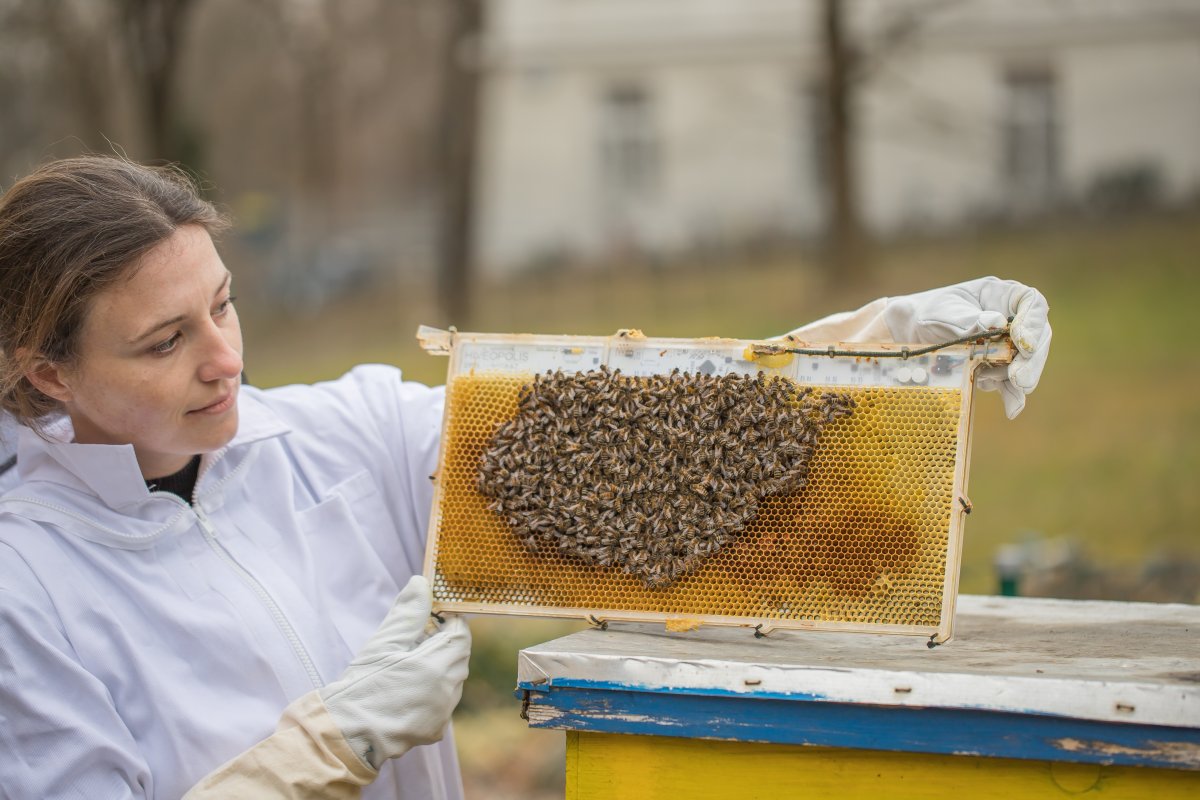Smart home, smart beehive: How heatable honeycombs help bees overwinter
While consumers primarily see their morning honey bread as being at risk when it comes to the often-cited “bee deaths”, the population decline is actually related to the wild bees. Thes… Scientists from the University of Graz and the EPFL in Lausanne have developed a smart beehive with heatable honeycombs to help bees overwinter their colonies through the winter. The system contains 64 silicon-based temperature sensors and can be controlled from the outside via a microcontroller. The test showed that a weakened colony could be helped by active intervention, and the system is still primarily intended for research. Other teams are also working on the idea of heating beehives, such as the Austrian start-up Youbee, which has developed a heating system to combat mites.

게시됨 : 2 년 전 ~에 의해 admin ~에
While consumers primarily see their morning honey bread as being at risk when it comes to the often-cited “bee deaths”, the population decline is actually related to the wild bees. These contribute very little to the honey on the supermarket shelf. It is true that the honey bees in Germany seem to be doing quite well given the almost 140,000 beekeepers with a total of more than 920,000 bee colonies in Germany. Nevertheless, they also need help and care in order to continue to take on the important pollination job. In addition to mites, foulbrood and insecticides, winter is a critical point for the survival of a bee colony. The temperature is their linchpin – and researchers from Austria and Switzerland are now taking this as their starting point to help the colonies through the winter.
The current problem is that beekeepers can do little to protect the animals in winter. From 10 degrees, bees fall into a comatose state. If nothing is done about it, they die. Therefore, the bee colony forms a winter cluster to warm each other by trembling with their muscles. Even if the temperature outside is below zero, it is 25 to 35 degrees Celsius inside the grape due to this behavior. However, the population must be of a certain size. Therefore, overwintering losses of between five and – in severe cases – 25 percent of the colonies occur again and again.
Scientists from the Artificial Life Lab at the University of Graz and colleagues from the EPFL in Lausanne have therefore developed a technically advanced beehive with heatable honeycombs. They call their system robotic because, in addition to thermal sensors, it also consists of thermal actuators that can be controlled from the outside. The system was used for the first time in a test with a colony of 4,000 honey bees (Apis mellifera).
The smart beehive contains a total of 64 silicon-based temperature sensors. They are each 2×2 millimeters in size and were placed directly in the honeycomb. It turned out that sensors of this size do not frighten the bees. There were also ten heatable fields with a total output of 158 watts. Each actuator could be controlled individually via a microcontroller. An algorithm also allows the system to be controlled autonomously.
The goal is always that the temperature in the beehive does not fall below 10 degrees Celsius. If this is the case, the beekeeper is warned by SMS and can take countermeasures himself. The test showed that a weakened colony, in which the temperature was below the limit for five hours, could be helped by active intervention. ‘We manually applied a multi-stage warming procedure that resuscitated the comatose bees so they could regroup, and then used robotic modulation to guide them to the honey stores on the opposite side of the hive,’ the researchers write in the paper. Although this colony ultimately did not survive – the researchers suspect the death of the queen as the reason – “our ‘resuscitation attempt’ prevented its immediate collapse and extended its life by more than two months,” the authors write.
This controlled measure not only shows that the bees are resuscitated by the heatable honeycomb, but that they could also be controlled as a colony by thermal stimulus.
The system is still primarily intended for research, it runs as part of the larger bee study project “Hiveopolis”, which has been funded by the EU for half a decade and also includes colleagues from Berlin, Brussels, Sofia and Lithuania. Other teams are also working on the idea of heating beehives, such as the Austrian start-up Youbee, which has developed a heating system to combat mites.
